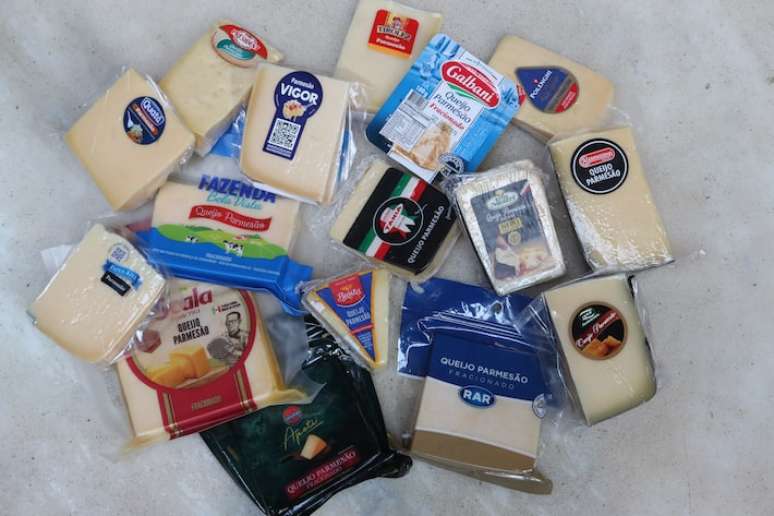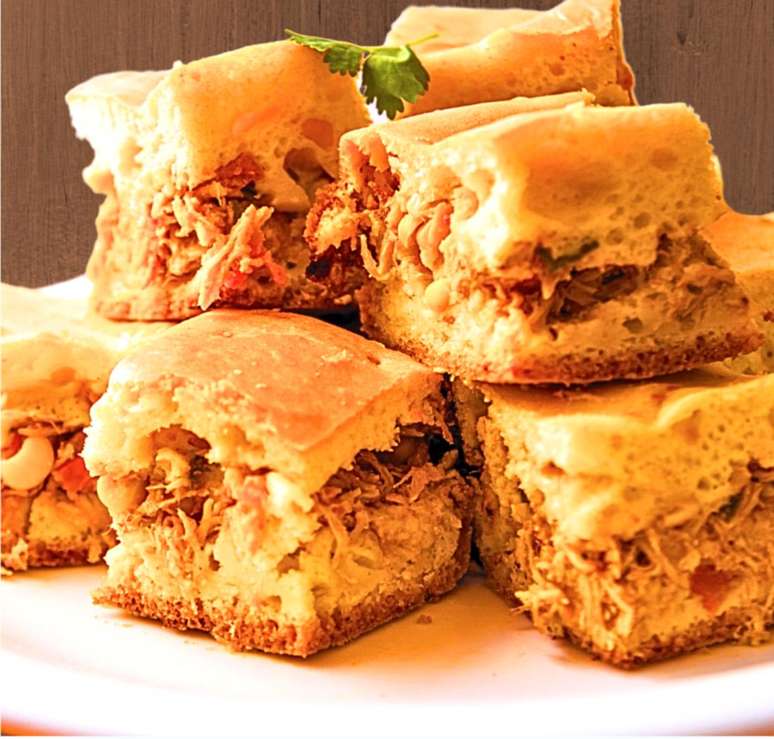Paladar’s team of judges tested 16 brands; check out the ranking
Parmesan is an ingredient that has a permanent place on the grocery list. Parmesan goes well with pasta, soups, sandwiches, pizza, scrambled eggs, vegetable or meat gratins, bread… Parmesan goes well with practically everything.
What is parmesan?
Parmesan, considered ideal by professional chefs, has a firm consistency, a grainy and dry texture, the presence of crystals and a slightly spicy and sweet flavor.
Where was Parmesan created?
The origin of parmesan is Italian. “There are two cheeses with a designation of origin, one of which is Parmiggiano Reggiano, a very mature cheese and, therefore, with an intense flavor and a full-bodied consistency,” explains Virgínia Jancso, owner of the Italian restaurant Due Cuocci. The other classic parmesan is Grana Padano, also produced in Italy, matured, but with a sweeter flavor and characteristic crystals that give the cheese a certain crunchiness, as explained by Fernando Bonciani, head of gastronomy for the Bráz group. The cheeses we find in supermarkets, without any designation of origin, are parmesan type.
What are the best parmigianos?
“A good parmesan must have an adequate amount of salt, the presence of crystals, in addition to performing well in recipes,” Bonciani believes. “Quality parmesan grates well on vegetables and meats and dissolves evenly in sauces, without forming lumps.”
Virgínia Jancso emphasizes the importance of parmesan in gastronomy, especially in Italian gastronomy: “The quality of the cheese will directly influence any recipe, which is why choosing a good parmesan is essential”.
Why the name parmesan?
Because it came from the Parma region in Italy. Parmiggiano Reggiano, already mentioned here, is, according to the entry in the Piccolo Dizionario di Gastronomia, by Maria Lucia Gomensoro, a cheese with extremely controlled production (only between April 15 and November 11). The rest is classified as parmesan-type cheese.
By now, in fact, you will have already noticed that dishes such as filet parmigiana have their original recipe prepared with this type of cheese – considered perfect because it is not elastic when heated, unlike the mozzarella that many put on the filet, but that’s another story…
How long does parmesan last?
The “closed” cheese, with its impermeable rind, can be stored for years without deteriorating and actually improves with age. The cheese as we buy it at the supermarket, divided, has another expiration date, which must be respected according to the information printed on the package.
This test is about this fractionated cheese. Paladar invited a team of judges to evaluate 16 brands present in supermarket chains. During the blind evaluation, carried out in the Higienópolis unit room of Pizzaria Veridiana, points such as flavor balance, spiciness, texture and oiliness were taken into account.
Many of them were classified by the experts as far from the flavor and texture expected from parmesan. Some were listed as average cheeses. Some good ones earned a place on the palate of the judges and remain valuable tips to guide the choices on the market shelf preferred by Paladar readers. Considering that fractionated parmesan, like olive oil, is not exactly a cheap product, it is worth taking note of the recommendations listed below, immediately after the list of the three best cheeses evaluated in this test. Discover the complete ranking of the best parmesan cheese on the market:
*Product prices were updated in the third week of June 2024.
The best brands of parmesan
-
Blue stripe
-
Force
-
Galbans
The 16 brands rated in alphabetical order
burite
A soft cheese, not at all matured and with a buttery taste. According to the guest jury, it doesn’t taste like parmesan at all (R$ 19.73, 158 g).
Catupiria
A parmigiana that could be less oily. The cheese has crystals and the consistency was judged good by the evaluation bench (R$ 36.96, 244 g).
Blue stripe
Best cheese, according to the jury’s evaluation. Balanced flavor, salt crystals present, good maturation, interesting texture and quite evident umami in the mouth. It received the Paladar Seal with honors in the judges’ evaluation (R$ 42.82, 238 g).
Bela Vista Farm
A cheese with a strong flavour, little matured and an unpleasant aftertaste according to the jury. It could also be less oily (R$ 26.18, 238 g).
Galbans
A dry cheese, with a pleasant flavor, but which could be a little more intense. A parmesan that was correct according to the judges and which won third place on the Paladar podium (R$ 27.98, 180 g).
Great Masters
A medium cheese in taste and pleasant appearance. Slightly acidic and with a slightly bitter aftertaste (R$ 21, 140 g).
The Serenissima
A very massive, fragile and fatty cheese according to the judges. The slightly bitter taste was also not pleasant (R$ 34.29, 312 g).
Noah
The aftertaste was not pleasant. The texture was rated floury. The flavor was not what you would expect from parmesan and the cheese was too oily, according to the judges (R$ 25.37, 254 g).
Polenghi
A cheese with a good consistency, but without crystals, not very mature and with a slightly bitter flavour that does not resemble what one would expect from a parmesan (R$ 16.30, 204 g).
President
The cure, according to the judges, was not ideal. It lacked flavor and had leftover oil. The spiciness of the cheese was instead considered good (R$ 17.42, 218 g).
How much?
The cheese does not seem mature, the fat remains in the mouth and it lacks the consistency expected from parmesan. In terms of flavor, it resembles another type of cheese, closer to Swiss cheese (R$ 18.70, 156 g).
RARE
A cheese classified as average. It could be a little saltier and have a little more umami. It did not enchant nor disappoint the jury’s evaluation (R$ 35.97, 300 g).
Stairs
Excessively oily, sweet cheese with a cloying aftertaste (R$ 36.65, 282 g).
Tania
The texture of the cheese was not to my liking. The cloying and buttery aftertaste also did not help with the score of the parmesan (R$20.83, 224 g).
Tyrolean
A young cheese, with little maturation and that does not have the expected consistency of parmesan. The taste was also judged too delicate by the judges. Since it is quite soft, it could be an option for preparing a hot mixture (R$ 19.78, 198 g).
Force
Second in our ranking, it is a very tasty cheese, balanced and with a pleasant texture. During the tasting we could notice fine crystals, light umami and a desirable acidity present in the jury’s evaluation (R$ 22.10, 158 g).
Source: Terra
Ben Stock is a lifestyle journalist and author at Gossipify. He writes about topics such as health, wellness, travel, food and home decor. He provides practical advice and inspiration to improve well-being, keeps readers up to date with latest lifestyle news and trends, known for his engaging writing style, in-depth analysis and unique perspectives.









